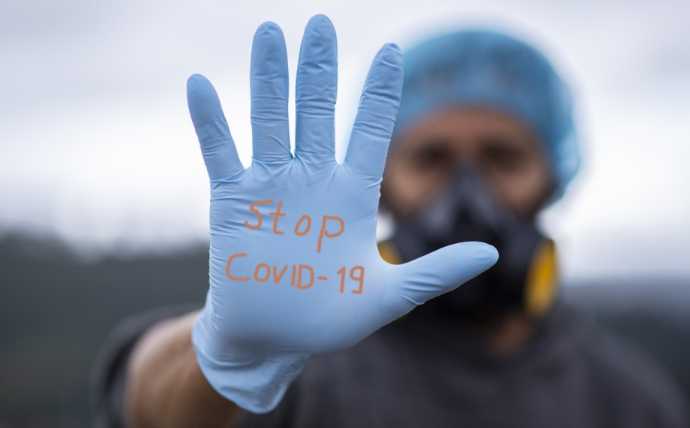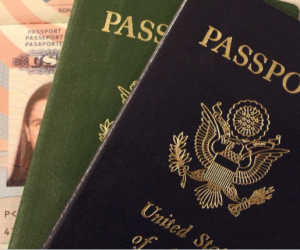News about immigrants help society to set a light during COVID-19 is indeed a truth. You can read it at tampabaynewswire.com. Aside from that, although the global population is just waiting for treatment for the pandemic, tens of thousands of immigrants work with other scientists, engineers, doctors, and pharmacists to develop treatments and vaccine for Covid-19.

Many of Them Play a Significant Medical Role in Fighting COVID-19
According to the latest data collected in the United States from California and New Jersey, about three out of seven workers are immigrants. Not only in the health care sector but also in the fight against Covid-19, immigrants can also have excellent technical skills and expertise useful in the battle against Covid-19. More than fifty percent of these immigrants working in pharmaceutical companies currently have advanced degrees, and about one-fifth of these immigrants are presently scientists.
Many Immigrants Scientists Help Develop the Vaccine
 During the birth of the health care system, immigrant scientists have made significant contributions to hospitals in the United States and areas where new drugs and vaccines are developed and marketed. According to the 2018 calendar year documents, more than two out of five scientists, or about 43.2 percent among biologists and health scientists, and three physiologists, or 36.1 percent among hospital chemists, are immigrants. Most of us work closely with doctors, nurses, doctors, and respiratory therapists to diagnose, support, and treat patients, especially during the pandemic.
During the birth of the health care system, immigrant scientists have made significant contributions to hospitals in the United States and areas where new drugs and vaccines are developed and marketed. According to the 2018 calendar year documents, more than two out of five scientists, or about 43.2 percent among biologists and health scientists, and three physiologists, or 36.1 percent among hospital chemists, are immigrants. Most of us work closely with doctors, nurses, doctors, and respiratory therapists to diagnose, support, and treat patients, especially during the pandemic.
Role in the healthcare equipment and accessories manufacturing industry will meet the growing demand for fans and personal protective equipment in response to Covid 19 crises. Approximately 149,000, or about 24% of jobs in this area in 2018.
Many Immigrants Work to Provide Medical Supplies
Almost half of this immigrant workforce, 48.1%, have a professional medical degree. About 30% of the immigrant workforce is engaged in constructing, manufacturing, and evaluating essential medical devices ranging from decorative masks to protective clothing and items needed in pulse oximeters and test equipment. Also, together, they make up 15 percent of the pharmacy workforce.
In the United States, companies in several countries even rely on foreign workers, for example, in New York, where about 27 percent of the workforce was born abroad. Considering that the government is in a race to produce vaccines, find treatment and manufacture medical devices and preventive measures, immigrants continue to work with their U.S. counterparts to



